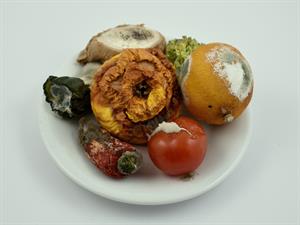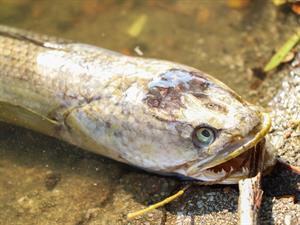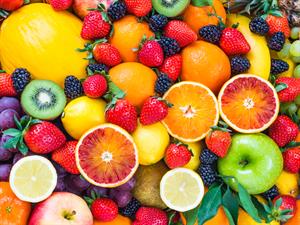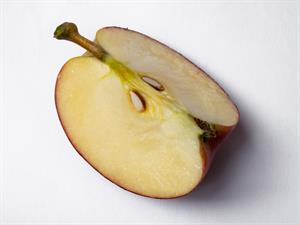
PUMPA - SMART LEARNING
எங்கள் ஆசிரியர்களுடன் 1-ஆன்-1 ஆலோசனை நேரத்தைப் பெறுங்கள். டாப்பர் ஆவதற்கு நாங்கள் பயிற்சி அளிப்போம்
Book Free DemoAny chemical reaction we know necessitates the presence of a specific condition. When chemical reactions occur, heat, light, sound, pressure, and other effects are caused.
Biological Effects:
A biological effect is characterised as an organism, population, or community response to changes in its environment.
Example:
1. Food and vegetable spoilage:

Food spoilage is described as any change in food that renders it unfit for human consumption. The chemical reactions catalysed by enzymes lead to food quality degradation, such as the production of bad tastes, odours, and nutrient loss.
- The formation of hydrogen sulphide gas causes the smell of rotten eggs.
- Microbes cause the rotting of vegetables and fruits.
2. Fish and meat rancidity:

When exposed to air or light, fish and meat with high levels of polyunsaturated fatty acidsoxidiseand generate a foul odour. This is referred to as rancidity.
3. Sliced fruits on exposure to air:

When apples and other fruits are cut, a chemical reaction with oxygen present in the air causes them to turn brown. The name of this chemical reaction is browning.

Note: Polyphenol oxidase, also known as tyrosinase, is an enzyme found in the cells of apples, fruits, and other vegetables that catalyses the oxidative conversion of phenolic compounds in them to turn into brown pigments called melanins when exposed to oxygen.
We can now conclude from the above examples that certain chemical reactions have severe biological effects.